“With a Great Party and Joy”
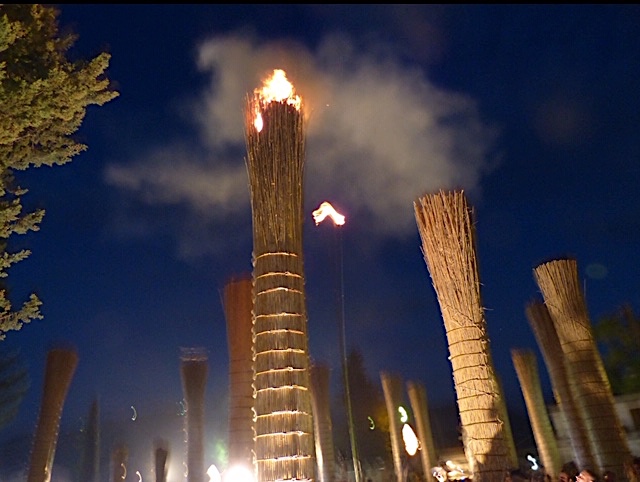
“E’ domani la Pasquetta, Sia santa e benedetta..”
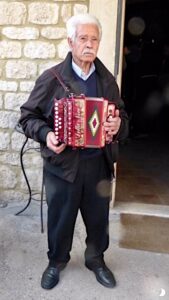
So begins a traditional song from the Abruzzo region, my earliest introduction to Italian regional music. This was one of a number of haunting folk melodies from a 45 LP that my parents played continuously as I was growing up in Rome.
Today is Pasquetta, Easter Monday. The song said :
“Tomorrow is Easter Monday, may it be sainted and blessed
With a great party and joy
Happy Easter and Epiphany !
With a great party and joy
Happy Easter and Epiphany ! ”
Is it any surprise, growing up with that song, that my associations with Pasquetta are all positive ?
Who cannot love a holiday that is to be celebrated with a great party and joy ?
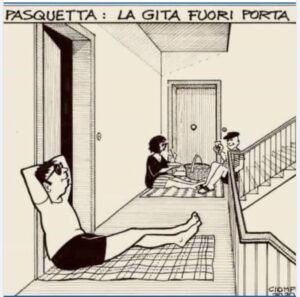
Italy-wide, today, Easter Monday, is traditionally a day of picnics in the countryside just outside of your city and town. The picnic involves all of the family, and a large picnic basket that will likely include yesterday’s leftovers, a savory tart and/or a cheese bread, cheeses, salumi, wine and Colomba (the dove-shaped Easter cake.) But just like last year, on Pasquetta 2021 Italians are all obliged to be at home, or may visit (but no more than two persons over the age of 14) only one other family. If they do visit another household, Italians are urged to wear masks when not eating, and to social distance. Importantly, the cook should not set out a buffet.

Va bene. One last time. I am, as always on Pasquetta, making an artichoke tart. Nothing can stop me. Even if I must eat it within town walls.
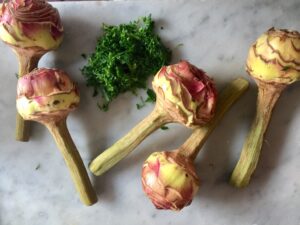
“E’ Domani la Pasquetta” always brings to mind trips I have taken in Abruzzo, the region immediately east of Rome, and of special events I hope to share with you. One, occurring on January 16, is the celebration of the Farchie in Fara Filiorum Petri.
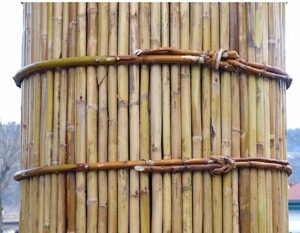
Farchie are large bundles of carefully sourced, local reeds, skilfully tied together by hand and bound with red willow branches. Farchie are long, about eight meters (25 feet), and are as broad as a man.
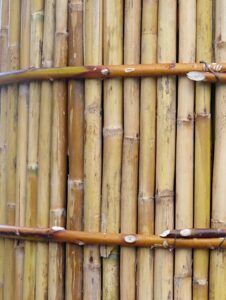
After being constructed, they are kept for months under lock and key in damp-free places — and are so dry that they are fully flammable. They are also profoundly heavy, up to 2500 kilos (5500 pounds).
The basis of the Festa delle Farchie is a reported miracle of Saint Anthony the Abbot that occurred at the time of a French invasion of the town in 1799.
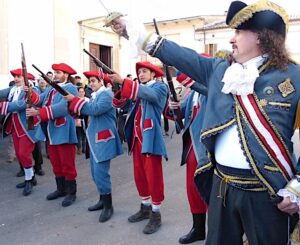
According to legend, St. Anthony appeared and transformed the oak trees outside Fara Filiorum Petri into terrifying flaming torches, forcing the French soldiers to flee.
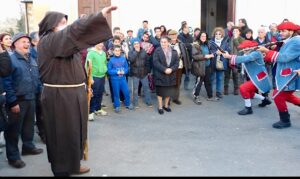
The town was saved by bravissimo St. Anthony !
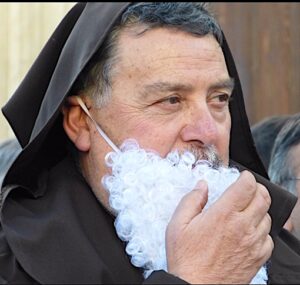
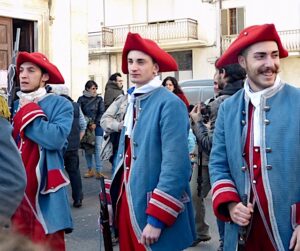
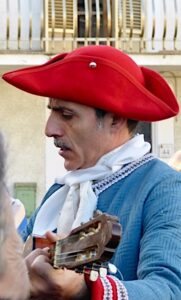
In late afternoon on January 16, representatives of various districts of Fara Filiorum Petri process into town with their Farchie, which represent the torches, often hauling them by tractor, and/or often riding on them, to set them down in the town square.
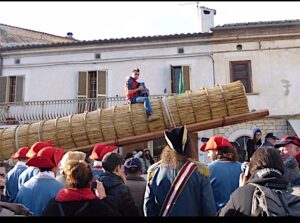
This is the first time that the districts have seen one another’s Farchie and there is considerable competitive spirit between the districts. Whose Farchia is best made, is best decorated, and will bring most valor to its district ? The Farchie are then mounted on the shoulders of sturdy district members, with the assistance of selected strong visitors…
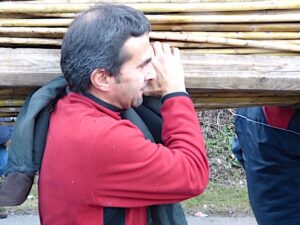
and as dusk falls, the Farchie are paraded slowly from the town piazza to a large open space just beyond a chapel dedicated to St. Anthony.
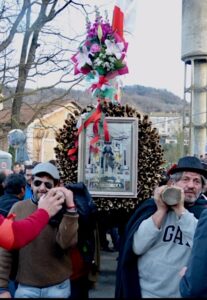
There the Farchie are made fully vertical — a terrifying process to watch, and all done by hand, using a winch, simple instruments and considerable ingenuity.
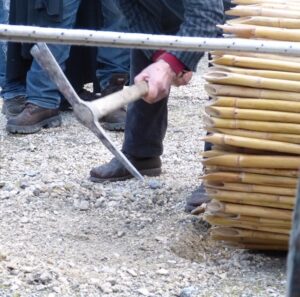
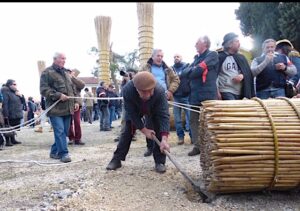
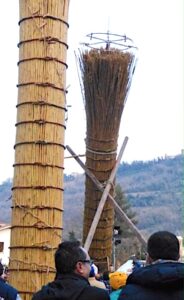
They then are lit from the top, like firecrackers.
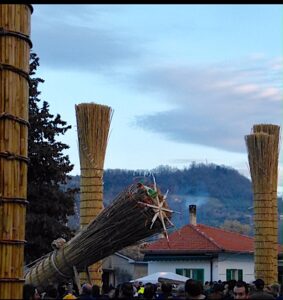
A fully engaged audience circles the Farchie.
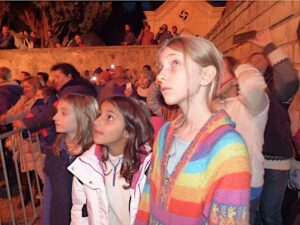
Over roughly two thrilling hours, the Farchie are burnt down to the middle.
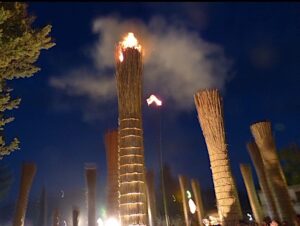
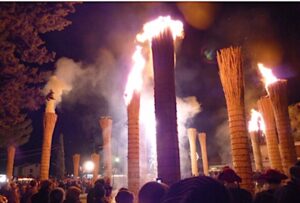
Accompanied by the music of the band, and songs dedicated to St. Anthony, what remains of each Farchia is paraded past the image of the saint…
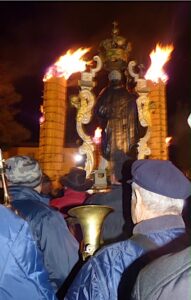
and back to its originating district where it is lit again to burn down to embers throughout the night.
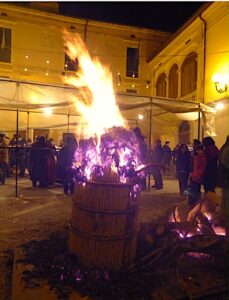
“With a great party and joy”…
Buona Pasquetta !

Meet Marjorie
Insider’s Italy is an experienced family business that draws on my family’s four generations of life in Italy. I personally plan your travels. It is my great joy to share with you my family’s hundred-year-plus archive of Italian delights, discoveries and special friends.
